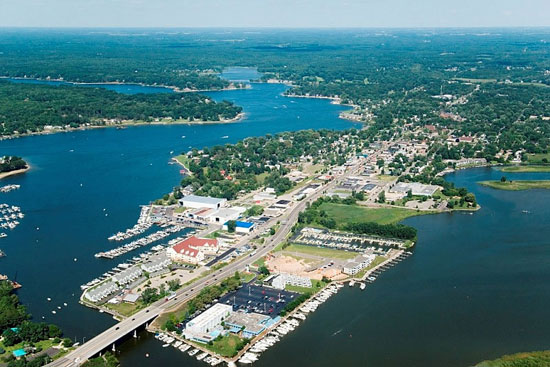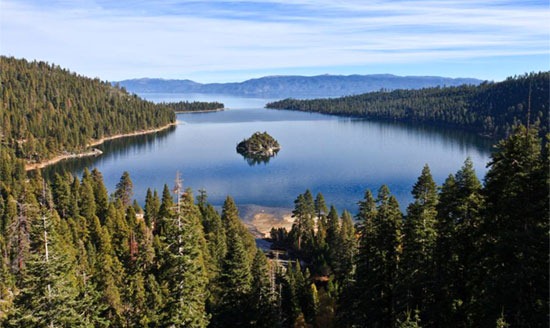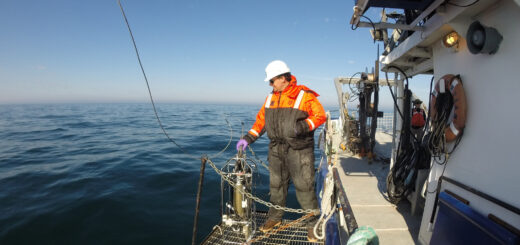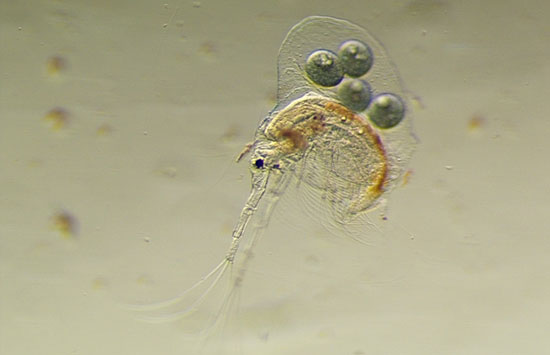Spring Lake waterfront community optimistic for alum’s prolonged progress
1
Village of Spring Lake
Spring Lake, Mich. residents are pleased with the continued results of an aluminum sulfate, or alum, treatment on Spring Lake. For years, the lake was plagued with algal blooms, rendering the water unusable for recreation. While algal blooms manifest naturally and possibly seasonally contingent on weather and water condition, their growth can be provoked by human activity such as industrial and agricultural waste drainage as well as natural factors like temperature and water traits.
High numbers of algal bloom result in lower levels of dissolved oxygen and death of aquatic plant and animal life. Spring Lake is extremely eutrophic and has high percentages of nutrient cycling, which caused prevalent algal blooms to appear in summer months. However, a Grand Valley State University study conducted in 2010 has confirmed water quality in the lake has improved tremendously.
Six years ago, the Spring Lake Board devised a multipart plan to improve and watch over the lake’s water quality for a decade. The project included treating the lake with aluminum sulfate. Before treatment, Spring Lake’s phosphorous levels were approximately 325 parts per billion. In 2005, nearly 1.2 million gallons of alum were sprayed over deep sections of the lake.
Alan Steinman, director of GVSU’s Water Resources Institute, said the 2010 study measured the 2005 phosphorus levels against 2010 levels, and he found they had plummeted to less than 30 parts per billion. Although phosphorus levels have increased somewhat, Steinman is optimistic.
“…It is still significantly lower than 2003. I was very pleased by the continued effectiveness of the alum,” he said.
Steinman is not the only one pleased with the results. Bruce Kennedy, a Spring Lake resident, remembers the condition of the lake prior to treatment.
“The algae blooms we experienced in the past were like pea soup,” he said, adding that he thought the alum treatment has worked well.
Although the treatment has been largely successful, Steinman warned against treating the alum as a cure-all. The alum deals with the effects of the problem rather than the problem itself, he said. It attaches itself to the phosphorus, removing it from the water and pulling it into the sediments at the bottom of the lake.
“The alum treatment has been effective five years later,” he said. “But it is impossible to say how much longer it is going to last.”
Spring Lake waterfront residents hope for continued success from chemical treatment [Muskegon Chronicle] Spring Lake Phosphorus Project-Project Information [Annis Water Resources Institute] Algal blooms in fresh water [Water Encyclopedia] The Reduction of Internal Phosphorus Loading Using alum in Spring Lake, Michigan [Wetland Biogeochemistry Laboratory, University of Florida]
Image Credit: http://www.springlakevillage.org/














[…] method Iowa’s DNR has tested to improve water quality and phosphorus levels is adding aluminum sulfate (alum), which clears surplus phosphorus from a lake’s water […]